
Question and Answers Forum
Question Number 177910 by HeferH last updated on 11/Oct/22
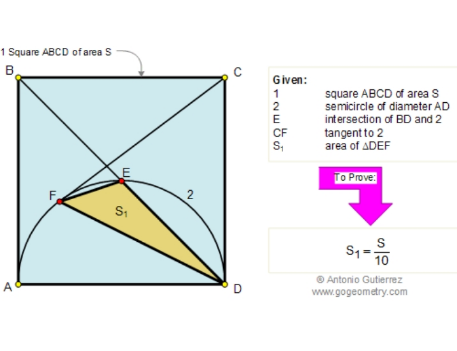
Answered by mr W last updated on 11/Oct/22
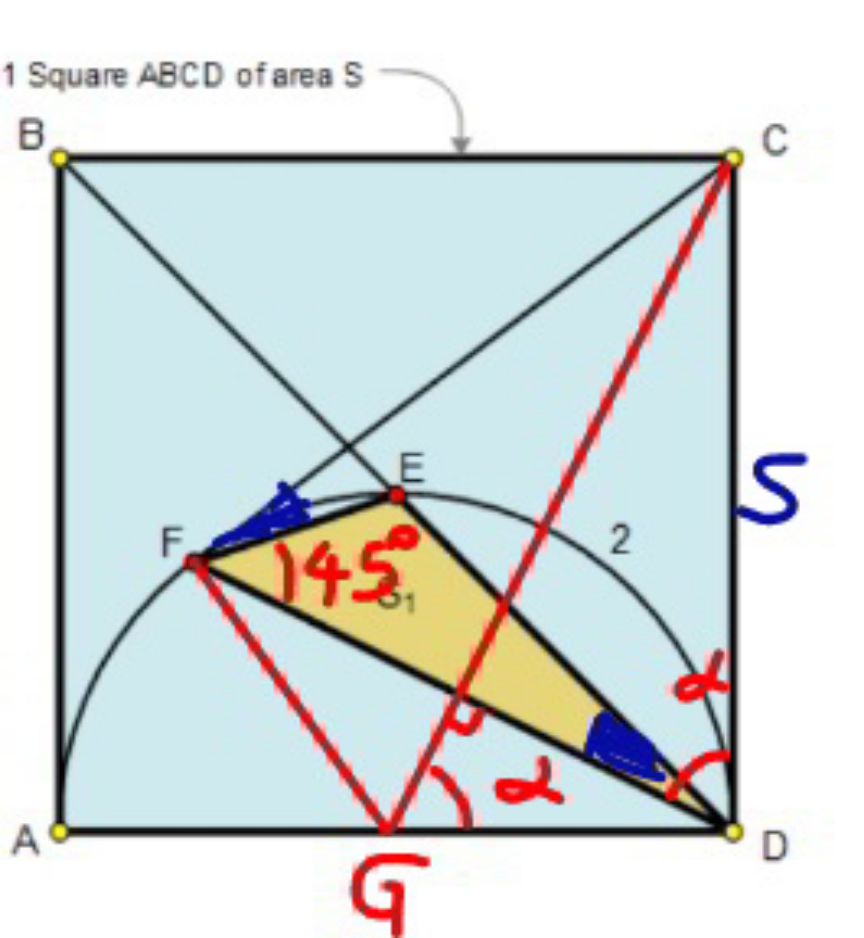
Commented by mr W last updated on 11/Oct/22
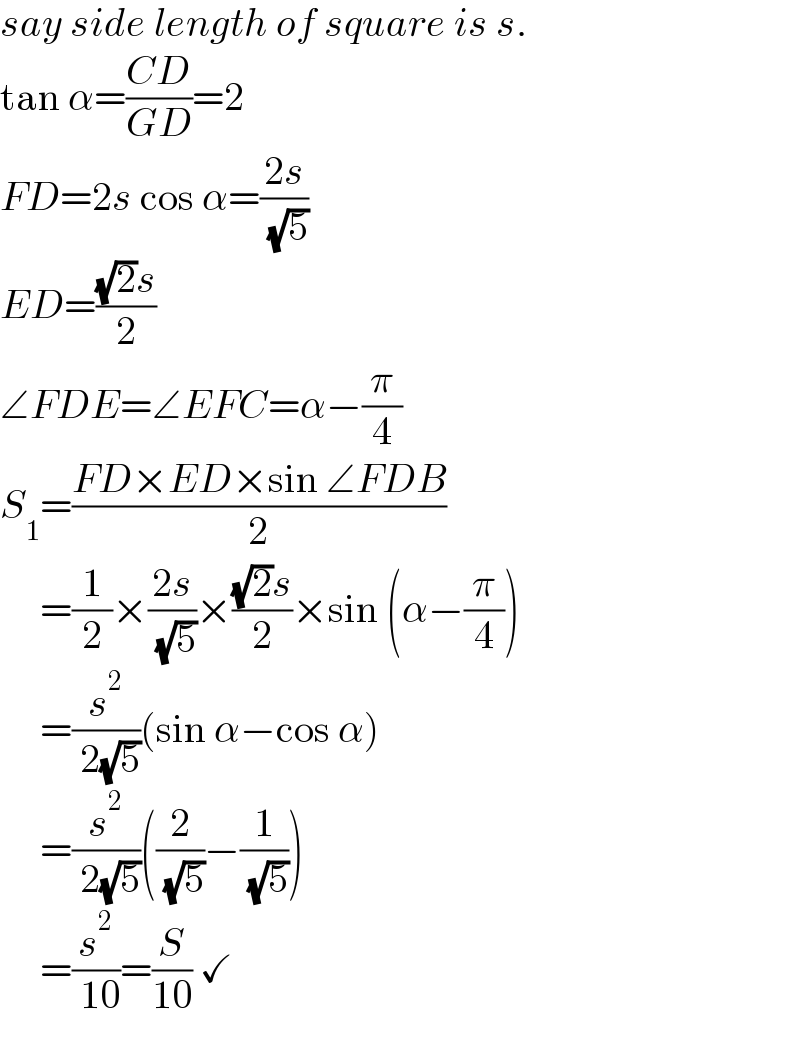
Commented by Tawa11 last updated on 11/Oct/22

Answered by kapoorshah last updated on 11/Oct/22
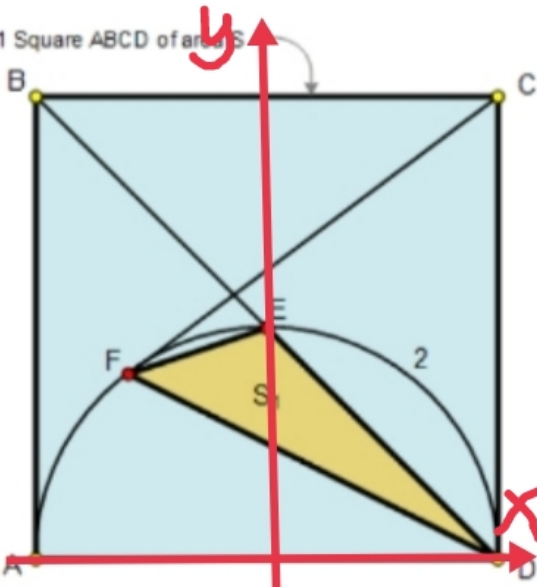
Commented by kapoorshah last updated on 11/Oct/22
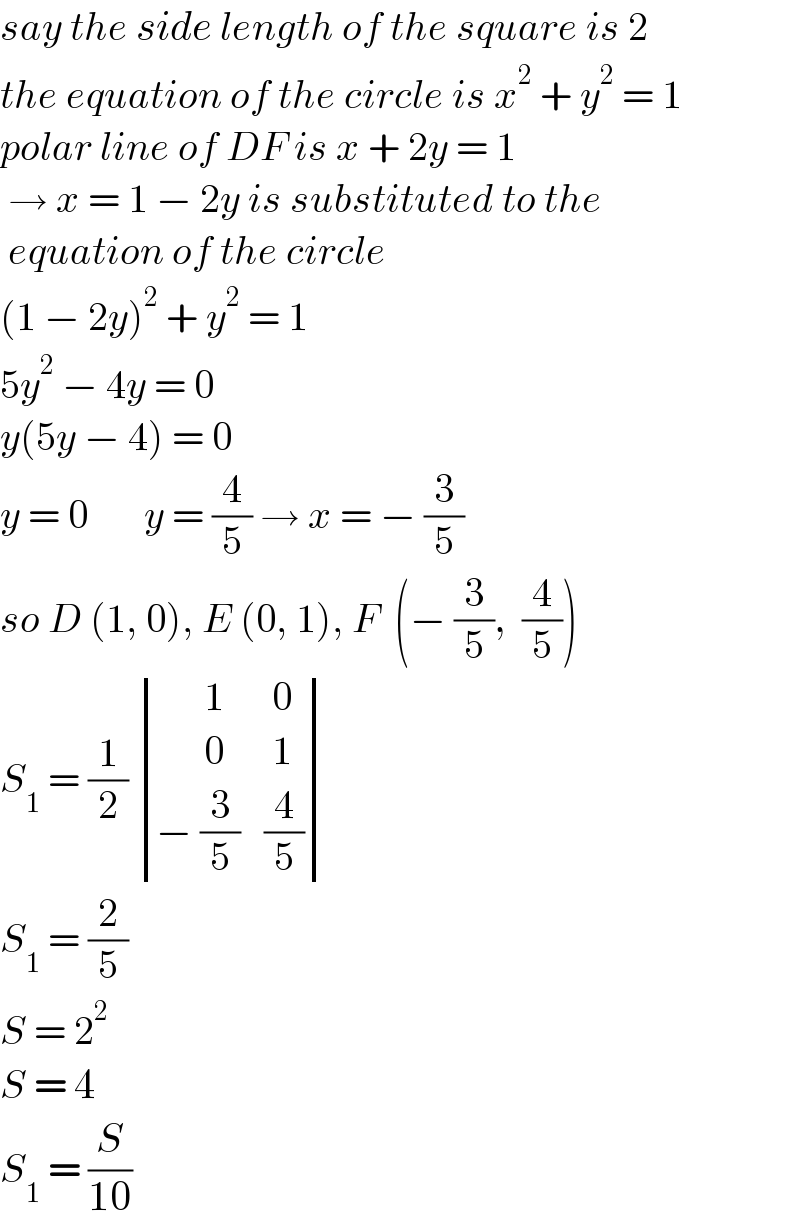
Commented by Tawa11 last updated on 11/Oct/22

